
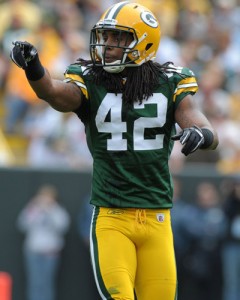
In the 2014 NFL draft, the Green Bay Packers will most likely target a free safety to help out strong safety Morgan Burnett.
Selecting a starting-caliber free safety is paramount because defensive coordinator Dom Capers relies heavily on a safety to play single-high coverage (cover 1) in many of his defensive alignments. No one will argue that safety play was suspect, at best, during the 2013-2014 season.
Many draft pundits believe that selecting a free safety will help strong safety Morgan Burnett play a more comfortable and natural role within the defense, which is closer to the line of scrimmage. The new free safety can patrol deep center field. Doing so will greatly improve the overall defense.
This article breaks down the basics of the cover 1 defense. In a nutshell, it combines aspects of zone and man-to-man coverage. You can get refresher about man-to-man coverage here and zone coverage here.
Cover 1 Defense Defined
When defending the field, the defense typically divides the field vertically into “halves.” The underneath half typically extends 7 yards from the line of scrimmage and the deep half extends 15-20 yards from the line of scrimmage.
In the single-high (cover 1), the free safety plays zone coverage, guarding the deep half all to himself. He is responsible for any receiver that enters the zone. He must make a play on the ball as it enters the zone. The GIF below demonstrates his assignment.
No matter where the free safety lines up at the snap of the ball, if the play is a pass, he must backpedal to the landmark, which is usually between the hashmarks about 15-17 yards deep. Typically, he lines up on the open side (away from the tight end). The whole time his eyes are looking forward at the play. He isresponsible for the deep half, which includes assisting someone else cover a receiver entering the area or guarding anyone who is potentially uncovered. See the GIF below.
The underneath half may be man-to-man, zone, or a combination of both.
Why Play Cover 1?
The single-high safety defense is an aggressive defense. Generally, it allows for more defenders near the line of scrimmage that can attack the offense.
This means the strong safety is in the box to provide run support. The cover 1 look usually allows more flexibility in blitz packages. Also, cover 1 allows the cornerbacks to play tight bump-and-run coverage and get safety help if they get beat off the line.
Playing Cover 1
Essentially, the cover 1 is a combination of zone and man-to-man defense. The free safety plays the deep half in zone. He must cover any receiver that enters the zone.
The underneath cornerbacks typically play man-to-man coverage giving the wide receivers an outside release. Since the sideline is the cornerback’s most immediate form of help, they should press the receivers towards the sidelines.
In the GIF below, you can see how the wide receiver (red) is being covered in man-to-man by the cornerback (blue) with an outside release. At the snap of the ball, the free safety (black) backpedals to the landmark. When the cornerback carries the receiver to the deep half, the free safety recognizes the routes and slides over to bracket the receiver.
The GIF above is the most simple depiction of the cover 1. If only one receiver is out on a pattern, then it’s obvious who the free safety is supposed to bracket.
However, what happens when more than one receiver, which is often the case, is out in the pattern?
The answer is the free safety must be looking at the play the whole time and be assignment-sure. He must recognize which routes stay underneath and which ones go deep. He must ignore the underneath routes and only defend the route that enters his zone. The GIF below highlights this.
The GIF above shows three receivers in the pattern. The middle receiver could be a tight end or a slot receiver. The outside receivers are given outside releases towards the sideline help. The inside receiver is given an inside release towards the free safety help over the top.
If the safety properly diagnoses the play, he should end up bracket the right receiver since he’s the only one who entered his zone.
Basically, if only one receiver enters the zone, the safety will play man-to-man bracket coverage on that receiver.
But, what happens when more than one receiver enters the zone? This happens on most plays when the offense recognizes single-high coverage because that is the weakness of it. A single safety can’t defend everyone all at the same time.
If more than one receiver is heading towards the zone, the free safety must be able to anticipate where the ball will go. He does this by watching the quarterback’s eyes, feet, and arm.
It’s crucial that he remain on his landmark as long as possible until he can diagnose the play. He cannot shade to one side too early because the quarterback will most likely throw the ball away from the safety.
The free safety must be able to recognize the throw off the ball. Once the quarterback is in the windup, the safety must break on the ball immediately, leaving the other routes open. The GIF below demonstrates proper safety play in the cover 1 with multiple deep routes.
Once the safety recognizes the ball, he must drive downhill towards the location where the ball will meet the receiver. He must do his best to help the cornerback prevent a completion or tackle the receiver if the catch was made.
Necessary Skill Set to Play Cover 1
Dom Capers really likes the single-high safety scheme. It allows him to be more creative underneath and apply more exotic attack packages.
However, the cover 1 requires a very talented safety to execute it. Specifically, the safety must be:
- Fast because he must cover a lot of ground very quickly.
- Fluid and nimble because he must be able to change directions very quickly.
- Excellent in recognition skills for routes, ball, and quarterback.
- Instinctual to anticipate how the play unfolds.
- Smart because he must choose proper angles to drive to the ball.
Unfortunately, the Packers haven’t had a safety with those skills since Nick Collins was lost to a career-ending neck injury.
Morgan Burnett did his best in the single-high safety scheme, but that’s not his strong point. He’s better underneath.
M.D. Jennings was, well, M.D. Jennings.
Dom Capers’ scheme is sound, and most NFL coaches will tell you it’s frequently copied. However, the problem in recent years has been Capers hasn’t had good players to execute it.
Hopefully, this year’s draft will be fruitful and will yield a starting caliber free safety. Doing so will allow Burnett to return to his more natural role and will reinforce the back end with a solid athlete.
Below is a highlight reel of Nick Collins. It’s to remind us what elite free safety play looks like. You can see that many of his highlights were from single-high coverage.
——————
Jay Hodgson is an independent sports blogger writing for AllGreenBayPackers.com and WISports.com.
——————


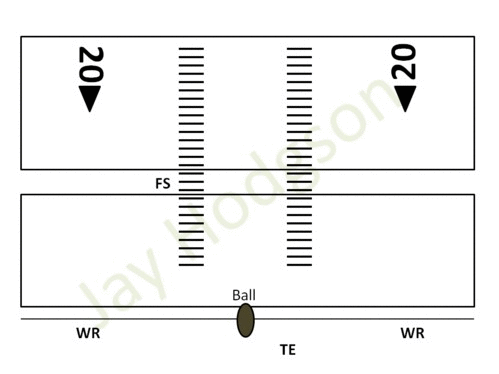
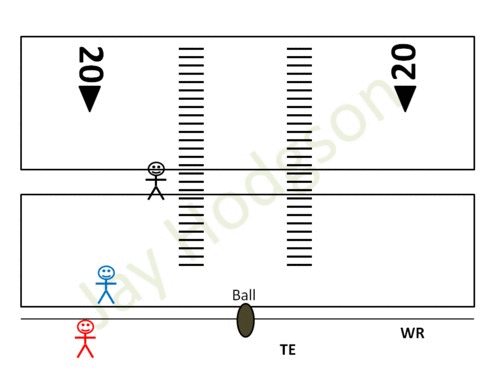
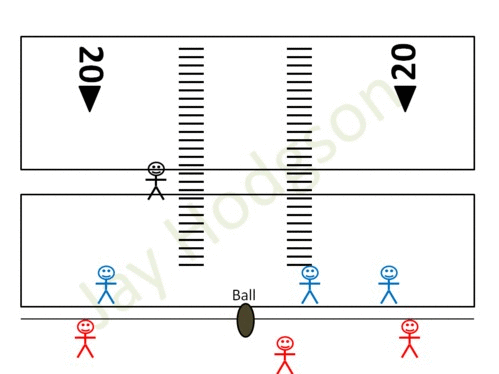
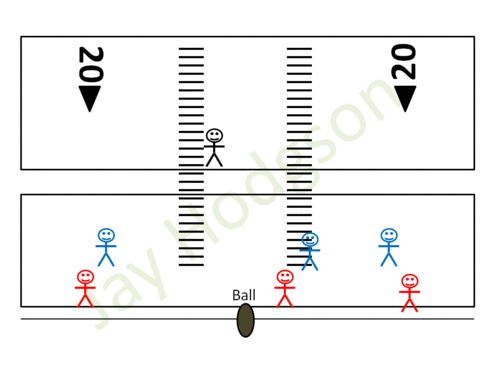
I’m really enjoying your Xs and Os articles, Jay!
Thanks! Appreciate the kind words.
Me too, keep ’em coming. I just feel so much smarter now!
Ditto!
Thanks for the timely article. It’s timely since GB needs to draft a FS. I have Dix as the best center fielder FS, with Pryor as the 2nd best center fielder (but I have Pryor as a better overall prospect). Pryor & Burnett would be more interchangeable as safeties. Similarly, I have Brooks and Ward as the next best center fielders, but I have Bucannon as the 3rd best better overall safety prospect. I think Bucannon is really a SS. Bucannon might surprise me, of course, but I suspect that if GB takes him, Burnett would have to play FS.
I’m coming around to the idea of moving someone like Hyde, who might end up being squeezed out by Hayward, to FS despite his limited experience back there.
I don’t think Pryor or Dix will be available when the Packers pick, and Ward is–to me–a bit of a reach at 21. I really think that the Packers need to find a partner to trade down if they’re set on taking a S early.
I’d be devastated if GB doesn’t get either Dix, Pryor, Shazier or Mosley at #21. Ward at #21 is a giant reach. I am hoping to get Ward (doubtful) or Brooks at #53 – Brooks is a bit of a reach at #53 – or Vereen later.